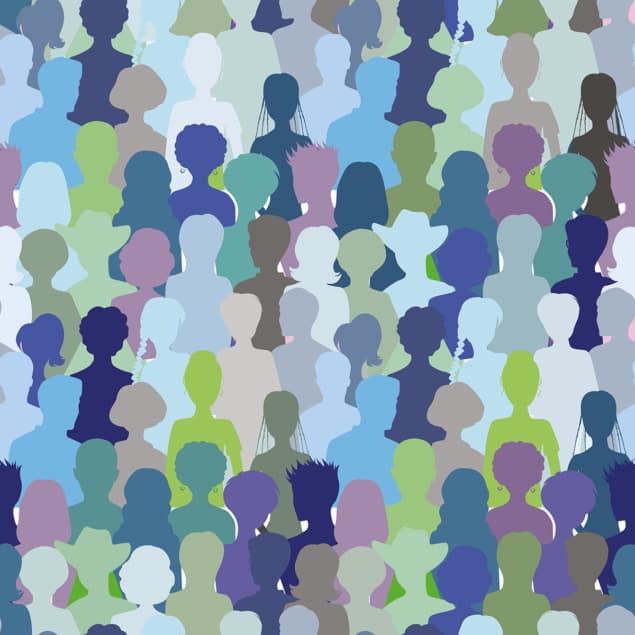
Five leading US scientific societies have come together to launch a new programme to boost the number of women and people from underrepresented racial and ethnic minorities in science. The Inclusive Graduate Education Network (IGEN) will receive $10m over the next five years from the National Science Foundation (NSF) to improve diversity in astronomy, chemistry, geoscience, materials science, engineering and physics. The five societies are the American Astronomical Society (AAS), the American Chemical Society, the American Geophysical Union, the American Physical Society (APS) and the Materials Research Society.
While many scientific fields struggle with diversity, physics is among the worst. According to the APS, about 9% of all students receiving bachelor’s degrees in physics are from underrepresented racial and ethnic minorities backgrounds – which includes African Americans, Hispanic and Latino Americans, Indigenous Americans and Pacific Islanders – while just 6% of PhD students come from such groups.
Exceeding expectations
In 2012 the APS began a “bridge progamme” to undertake new methods of recruiting and retaining underrepresented minorities. These include improving the mentoring of undergraduates, modifying admission practices for graduates, recruiting minority students who would not otherwise have entered graduate studies, and providing mentoring and monitoring for such students in the programmes.
“The APS bridge programme far exceeded its original goals,” says APS chief executive Kate Kirby. “Having seen that the programme can be successful in physics, we are confident that the approach can yield similar results across the spectrum [other] fields.”
The other IGEN members will now adapt and implement these methods as well as contribute their own ideas. The AAS, for example, has recommended that graduate programmes make optional or eliminate the use of examinations to evaluate graduate applicants because they are poor predictors of a student’s success.
The financial contribution to IGEN is overseen by the NSF’s Inclusion across the Nations of Communities of Learners of Underrepresented Discoverers in Engineering and Science (INCLUDES) programme. This aims to create a national network to enhance US leadership in STEM subjects “by broadening participation in those disciplines”.








 User Center
User Center My Training Class
My Training Class Feedback
Feedback












Comments
Something to say?
Log in or Sign up for free